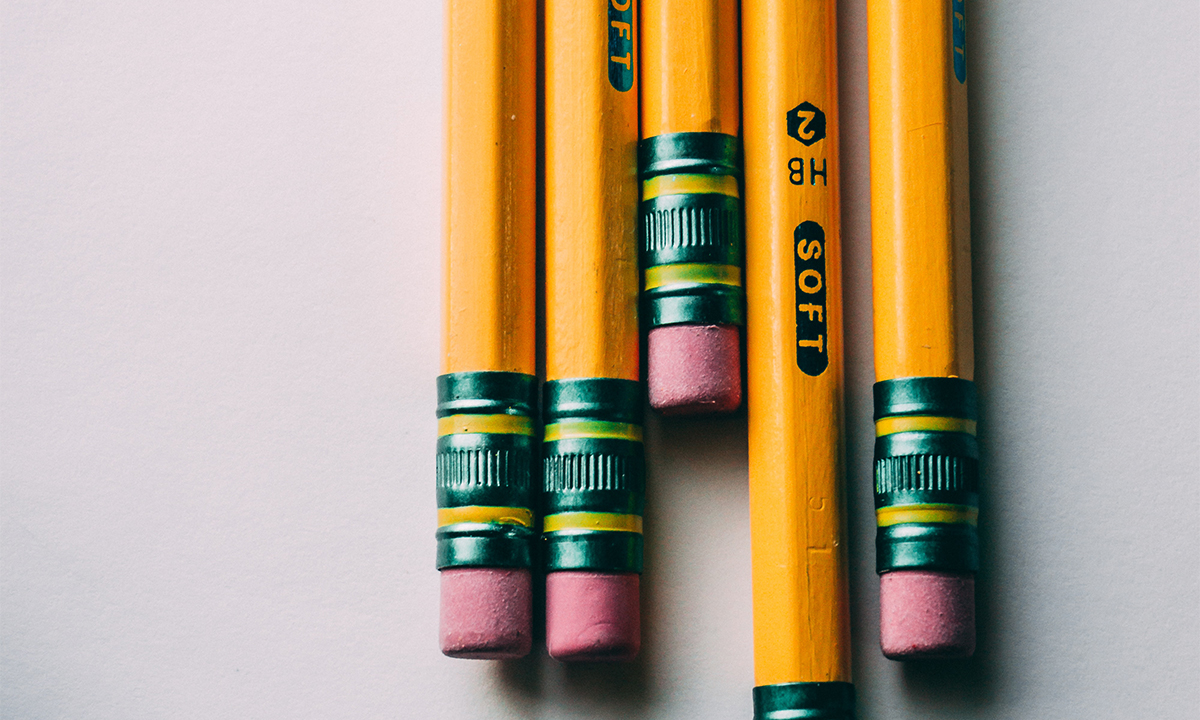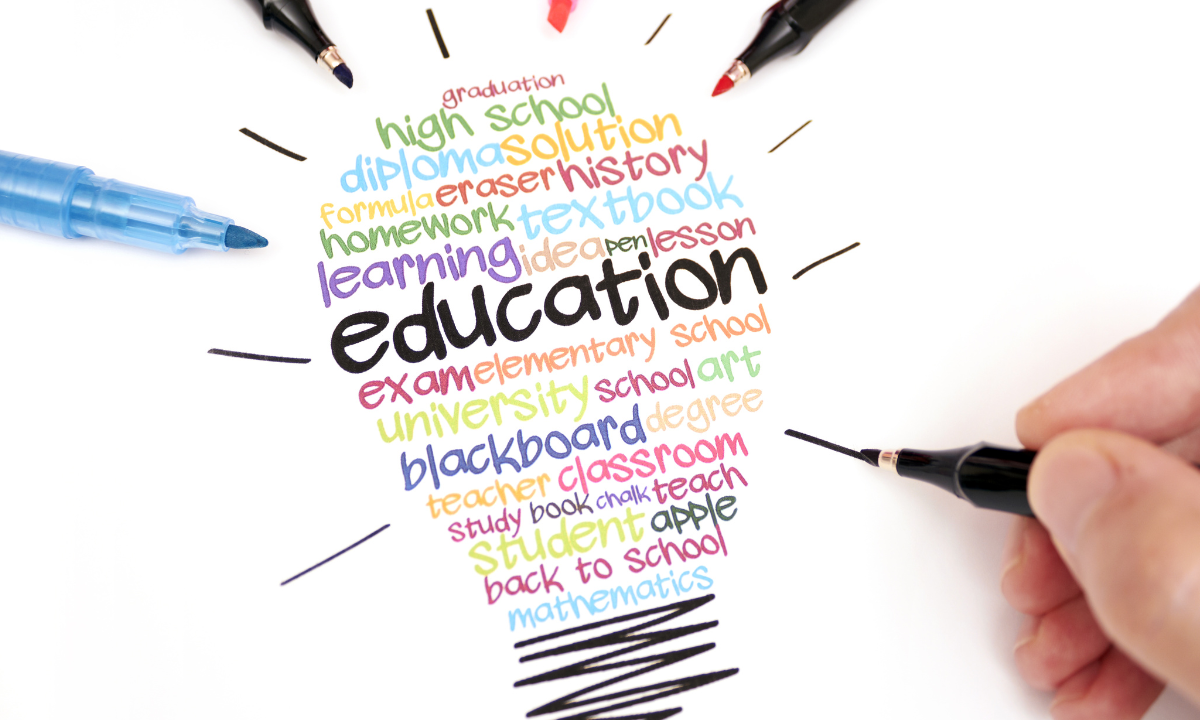Written by Ainsley Jackman
Last week, Superintendent Austin Beutner announced that the San Diego and Los Angeles Unified School Districts will officially be functioning online-only for the fall. The decision affects some half a million children in grades K-12, as well as nearly 75,000 employees, and comes in response to the second surge of COVID-19 infections the state is experiencing.
NEWS RELEASE: Joint Statement from San Diego Unified, Los Angeles Unified School Districts Regarding Online Start to School Year | San Diego Unified Newscenter https://t.co/Khjxuwqe4L
— San Diego Unified (@sdschools) July 13, 2020
Leaders of the movement to close schools intend to ensure the “health and safety” of children and employees, but their good intentions will have the opposite effect for a number of reasons.
First, and perhaps most obvious, is the effect on the actual education of the hundreds of thousands of children staying home. Research on the first round of school closures indicates that American kids were set back an average of seven months in reading and mathematics, with low-income and minority students experiencing the brunt of the loss, as many lack the technology necessary for online learning. Many children also see school as a way to escape abusive families, and are now being cut off from programs that provide free meals, or are experiencing mental health issues from the constant isolation. For thousands, school works as a sanctuary from a troubled home life—one that looks to be out of their reach for months to come.
But the consequences affecting working adults are equally severe. If kids are kept at home, and with most childcare centers also still closed, many parents are forced to stay home with their children and cannot return to work fully. Not only does this affect the finances of individual families, but it keeps workers from participating in a much-needed kickstart to the economy to help get businesses back off the ground.
For example, according to raw data, anywhere from 14 to 20 percent of registered nurses, diagnostic technicians, paramedics, and other health professionals would be unable to meet their child care obligations in this situation, even with the help of a non-working adult. These workers in particular are unable to do their job because the pandemic they are supposed to be helping stop is keeping them at home instead.
All of that suggests that the effects of closing schools stretch far beyond creating a surplus of bored kids stuck at home. However, all the aforementioned pain and uncertainty is completely unnecessary—because closing schools is completely unnecessary.
We’ve known from the beginning that children are far less vulnerable to COVID-19 than adults, and the data continue to support that fact. Extreme cases are few and far between, and actual deaths are incredibly rare.
The next argument is that the children will spread it among each other before coming home and giving it to their parents. Again, the data prove otherwise: not only is the mortality rate for children very low, but so is the infection rate―meaning that they rarely catch it in the first place, and it’s difficult for them to pass it to each other.
And then there are the teachers and adult workers. Admittedly, they pose a more complicated problem. Most are still very safe, as the mortality rate doesn’t make a significant jump until around the 70-year age mark, and the dangers for even the most vulnerable are far exaggerated anyways. However, for the rest, as well as for the rare high-risk child, provisions can be made relatively easily by following social distancing guidelines around them, wearing masks, emphasizing sanitation, and perhaps doing regular temperature checks.
Even if all of this data is dismissed, there are still better options than closing schools in-person altogether. For example, the “schoolhouse model” is increasingly popular nationwide, and is being adopted by large school districts in New York City and Seattle. This includes splitting the students into groups that will attend school in-person on alternating days of the week, and using remote education the rest of the time.
With only half of the students attending at once, social distancing guidelines and other recommendations are far easier to follow, but the students still receive many of the benefits of an in-person education. Of course, it would be far better for students to be back full-time, but the schoolhouse model offers a compelling middle ground.
With all this in mind, the announcement to close in-person schools for the San Diego and Los Angeles Unified School Districts seems hasty and uninformed. We can hope they will reverse this change and follow the lead of other districts instead, but that seems unlikely.




